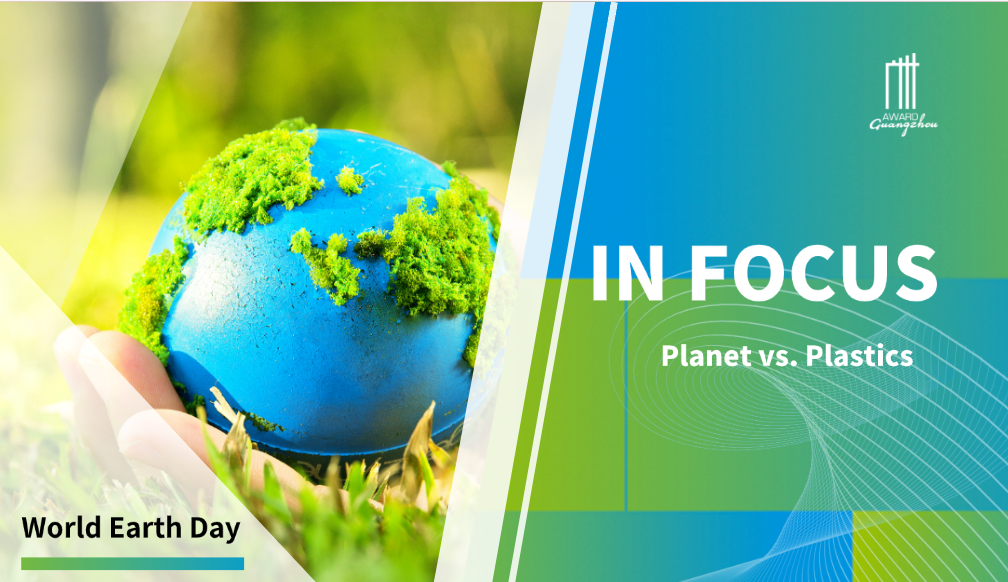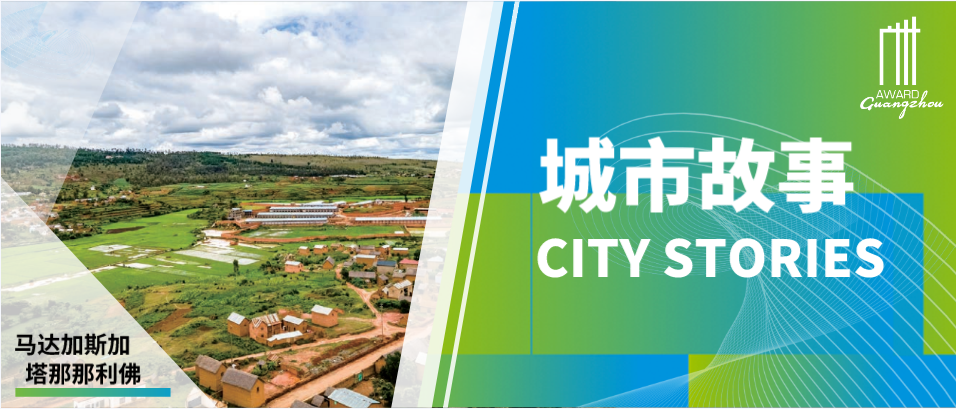Gwangju, Republic of Korea
Gwangju Carbon Bank GHG Emission Reduction Program
Background Information
Almost 50 percent of the world’s population lives in cities, which have become both living spaces and the center of economic activities. Yet cities account for 67percent of the total global energy consumption and emit 71 percent of global greenhouse gas. As such, cities are the leading cause of global climate change, and this trend is gathering pace.
However, cities are not only the cause but also a victim of global environmental problems, and should therefore take the initiative in solving them.
According to the Gwangju 2010 greenhouse gas emission standard, households and businesses contribute up to 51percent of emissions. In comparison to the industrial sector, targeting non-industrial areas is more cost-effective. For this reason, effective household-centered greenhouse gas reduction programs were needed.
The ‘carbon bank system’ was initiated to lead local residents to change their perception of climate change and become actively involved in carbon reduction efforts.
So far some 270,000 out of Gwangju city’s total of 540,000 households are participating in the scheme - a rate of 50 percent.
Goals of the Initiative
Gwangju Metropolitan City was designated a “model city for climate change response” by the South Korean Ministry of Environment in 2008, so the initiative was adopted as a strategic project for the city. Gwangju has focused on greenhouse gas reduction in non-industrial fields such as domestic households, an area which is highly effective, and has led the way for a major local bank to embrace green finance by providing points through its “Carbon Green Card”.
Points are provided to each participating household every year if its electricity, water, and gas consumption have decreased compared to their average consumption over the last two years. This is based on calculated data from the South Korean Electric Power Corporation (KEPCO), Gwangju Metropolitan Waterworks and the City Gas Corporation. Through this system, the amount of greenhouse gas reduction is analyzed, which enables the system to be consistently improved through monitoring.
After the pilot project from 2008 to 2012, all households were expected to join the scheme by 2015, with the goal of creating a low-carbon green city by reducing greenhouse gases through citizens’ efforts to conserve energy in their daily lives.
Parties and Partners to the Initiative and Resources Used for Implementation
Gwangju Bank, a local financial institution, provides the Carbon Green Card points, and three related organizations (South Korea Electric Power Corporation, GwangjuMetropolitan Waterworks, and Haeyang City Gas) co-operate as data providers.
Gwangju Metropolitan City Greenstart Network, a private organization consisting of 31 NGOs, is in charge of the program’s promotional and educational strategies.
The resources used for implementing the initiative
Among the finances needed in order to carry out the system, expenses incurred regarding carbon points are all covered by Gwangju Bank. Gwangju Metropolitan City is in charge of Operations and Maintenance expenses.
Gwangju Metropolitan City will finance educational and promotional activities to lead citizens' actual greenhouse gas reduction, and these activities will be carried out through the Greenstart Network.
Innovation for the Initiative
This initiative includes not only revolutionary but also evolutionary aspects at the same time, as the system has been continuously improved and modified based on the yearly evaluation of its implementation in Gwangju city
The carbon bank system began with just 20,000 households in 2008, and now has achieved a participation rate of 50 percent within three years of its initiation. Also, the amount of greenhouse gases reduced has improved every year, as 60 percent of participating households achieved a reduction.
The household-based greenhouse gas reduction program needs to secure exact data of the amount of resources used accordingly for each household. Therefore the cooperation of these data providers is essential. This has been achieved through cooperation with an electric power company, and has resulted in a revolutionary initiative.
The difficulty in securing carbon point finances was the most important issue, but has been resolved by establishing a system where a major local bank provides the connection of green finance.
In short, the local bank could issue “Carbon Green Cards” in order to provide points, making them an active driving force as although they pay the values of the points, they can nonetheless expand the number of card issuers. The carbon bank operation system is an unprecedented, newly created system based on governments, business and civilian governance.
It is a brand new form of greenhouse gas reduction programs based on citizens’ voluntary participation to respond to climate change. All the processes are carried out through governance of policies among citizens, private organizations and governments.
During the implementation process, the combination of green finances played a crucial role to secure budgets.
Among non-industrial areas such as domestic households, various programs on greenhouse gas reduction, such as promotional drives and a home-visit greenhouse gas emission diagnosis service, encouraged awareness. However, the impacts were not sufficient to attract enough residents’ voluntary participation.
Therefore, the new carbon bank system came to be, providing a win-win situation based on cooperation between the local bank who finances credit points, Gwangju City Hall as a policy management organization, and local environmental groups.
In this way, the point system was created based on scientific and reliable data. In particular, the conversion of point finance into green finance was an innovative case which couldn’t be found elsewhere.
Gwangju Bank, a major local bank, has been able to establish a new image of green finance. Through this system, the ground work was laid for the Ministry of Environment to implement the “Carbon Point” system.
Obstacles and Solutions for Innovation
In the early period of the system, it was considered crucial for citizens to join and practice greenhouse gas reduction of their own accord. However, there were difficulties in attracting residents to join at that time due to low awareness of climate change. Furthermore, it was important to secure scientific and reliable data, but it was not that easy to attract citizens’ participation since personal information was required as well.
Active promotional efforts were required in order to resolve this. Fortunately, the number of residents who benefited from points has increased and the number of participants expanded accordingly.
Another difficulty was whether actual emission reduction would take place or not. After one year of implementation the relevant data was analyzed before households’ points could be awarded. The results showed measurable reduction, thus proving the system’s effectiveness.
Outcomes and Assessments
Outcomes achieved are as follows:
As a result of energy conservation through the carbon bank system, in 2011, US $2.26 million carbon points were made and an effective 26,000 tons of greenhouse gas emissions reduced, equivalent to planting 9.18 million pine trees.
Regionally, we are establishing a reputation as a carbon-neutral city through greenhouse gas reductions to respond to global climate change.
Nationally, we can build on this foundation through this system to create the “Carbon Point” system which is the standard model in South Korea.
Globally, this system is being introduced to local governments as an effective greenhouse gas reduction program in non-industrial domestic areas.
Citizens’ capability to respond to climate change has been reinforced. Through good governance operation style, it has contributed to improving local governance, as well as stimulated the regional economy through local circulation of carbon points.
An institutional strategy is planned for those who plant trees, participate in reforesting or use public transportation so that their actions can be incorporated into the carbon bank system. The “Carbon Point Green Map for Citizens’ Low-carbon Lifestyle” is going to be developed to contribute to changing citizens’ way of life in order to further reduce carbon emissions by introducing this system into food waste reduction, environmental conservation volunteering, local pride environmental practice, and food mileage movement.
Participating households can reduce the cost of electricity, gas and water and secure carbon points accordingly. The local bank, as a participant organization of carbon bank, could anticipate profits through an increased number of card holders, and improve its image and maximize its publicity through green finance.
Assessments are as follows:
When South Korea Electric Power Corporation, Gwangju Metropolitan Waterworks and Haeyang City Gas provide the data on resource consumption for each household, Gwangju Metropolitan City calculates the amount of greenhouse gas reduction based on this data. Accordingly, points are calculated, then passed on to Gwangju Bank, who in turn provide each household with the relevant points through their carbon green card.
Specific methods of measurement are the amount paid by each participating household in electric, water and gas fees. By comparing the average amount over the last two years with the current year’s amount, the difference, provided a reduction is seen, is converted into carbon points, with the relevant cash-equivalent amounts paid into respective personal banking accounts.
With the standard of participating time, compared to the average amount used in the last two years-
•Reductions greater than 5 percent receive 6 cents per 1kWh for electricity, 2 cents per cubic meter for gas and 5 cents per cubic meterfor water.
•Reductions less than 5 percent receive 5 cents per 1kWh for electricity, 1 cent per cubic meter for gas and 4 cents per cubic meterfor water.
So, the relevant points are accumulated on each household’s carbon green card, which can be cashed at Gwangju Bank.
Methods Applied
We secure scientific and reliable data obtained through a Memorandum of Understanding (MoU) with relevant organizations. We provide participating households incentives in the form of points accumulated through reduced resource consumption. In order to further actual reduction of greenhouse gases, the low-carbon green apartment project, which is a similar reduction system between apartments, is in operation at the same time.Citizens are cooperatively accomplishing the reduction of greenhouse gas in these ways.
Also, carbon coordinators are trained and can visit each household and examine any resident’s current greenhouse gas emission status to share advice on ways to reduce it.
Benefits to Other Cities
Participating households can reduce the cost of electricity, gas and water and secure carbon points accordingly. The local bank, as a participant organization of carbon bank, could anticipate profits through an increased number of card holders, and improve its image and maximize its publicity through green finance.
Gwangju Metropolitan City has become a nationwide model city in its response to climate change. It contributes to promoting its image as a city worth living in and continues to strengthen its capability to respond to climate change.
In addition, Gwangju’s carbon bank scheme was introduced as a good example to many local governments all around the world at the 2011 Gwangju Summit of the Urban Environmental Accords. Nine other global cities, such San Antonio, signed an MoU with Gwangju city for the exchange and cooperation on city-based environmental strategies, including carbon banking.
-
 In Focus | The World Earth Day: Planet vs. Plastics
In Focus | The World Earth Day: Planet vs. Plastics -
 Urban Innovation in China | Shenzhen: How to Maintain Momentum to Achieve Carbon Peak by 2030 While Leading Green and Low-Carbon Development?
Urban Innovation in China | Shenzhen: How to Maintain Momentum to Achieve Carbon Peak by 2030 While Leading Green and Low-Carbon Development? -
 City Stories | Antananarivo, Madagascar: Building Resilience in the City Food System
City Stories | Antananarivo, Madagascar: Building Resilience in the City Food System -
 In Focus | International Women’s Day: Building a Women-Friendly City
In Focus | International Women’s Day: Building a Women-Friendly City























 Tel: +86 20 3780 4434
Tel: +86 20 3780 4434 Email: info@guangzhouaward.org
Email: info@guangzhouaward.org Address: Rm 1609, FuLiXinTianDi, No.307 Guangzhou Dadao Zhong, Yuexiu District, Guangzhou, Guangdong, 501600, PRC
Address: Rm 1609, FuLiXinTianDi, No.307 Guangzhou Dadao Zhong, Yuexiu District, Guangzhou, Guangdong, 501600, PRC




